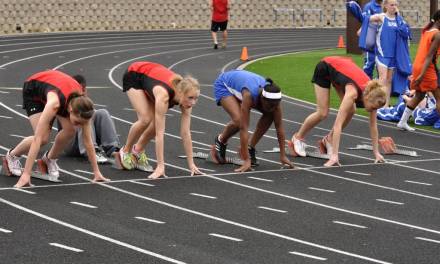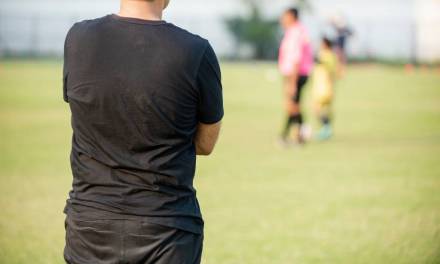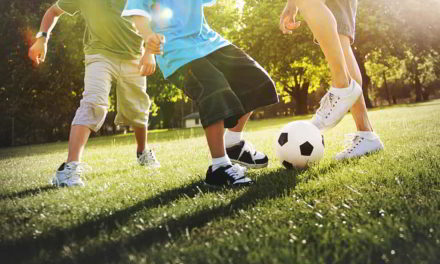When skipping is mentioned, two things spring to mind. One is the game played by children in a playground all over the world, the other is a training exercise used by many sports including boxing and football. Both have the ability to have a positive impact on a range of sports and for those who participate in those sports.
The main physiological adaptations that occur in both contexts are greater balance, agility, coordination and stamina. This is because it is a “high impact aerobic activity”, however it is not suitable for all as the elderly and those who have issues with their lower limbs may struggle with this activity. Skipping requires a certain level of coordination before this can be used as a serious training exercise. This is because a base level of coordination and balance are needed before an individual can start to make a simple exercise more complex by adding variety.
The varieties which can be seen during this exercise are:
- Single leg
- Alternative legs
- Forward motions
- Backward motions
- Crossover
- Sideways
These could be combined into a sequence during one activity to work on a variety of areas, or focus on one at a time to allow for those skills to develop. Skipping does have its physiological benefits but only as part of a balanced training session or as a break from other more strenuous activities such as weight training.
Before children reach the age of twelve, it is important for their sporting futures to have developed their “ABCs” (Balyi, Way & Higgs, 2013). This stands for Agility, Balance and Coordination; all components which skipping helps to develop in adults and children.
Children as young as 3-4 years old can skip in PE in a controlled way; this allows them to develop in a safe and educational manner (Winnick, 2011). The majority of sports that children will pick to pursue as a potential career or a hobby will require agility, balance and coordination or a combination of those.
Although skipping is mainly used as a training exercise for both adults and children, skipping as a sport in itself is seen through the World Championships organised by the International Rope Skipping Federation (IRSF). The world championships in 2014 saw no less than 7 world titles being handed out, for individual, male and female and team events.
The World Jump Rope Federation are holding the world jump rope championships in Paris, in July 2015. These are different competitions and different federations running them, both of which have skipping at their core.










